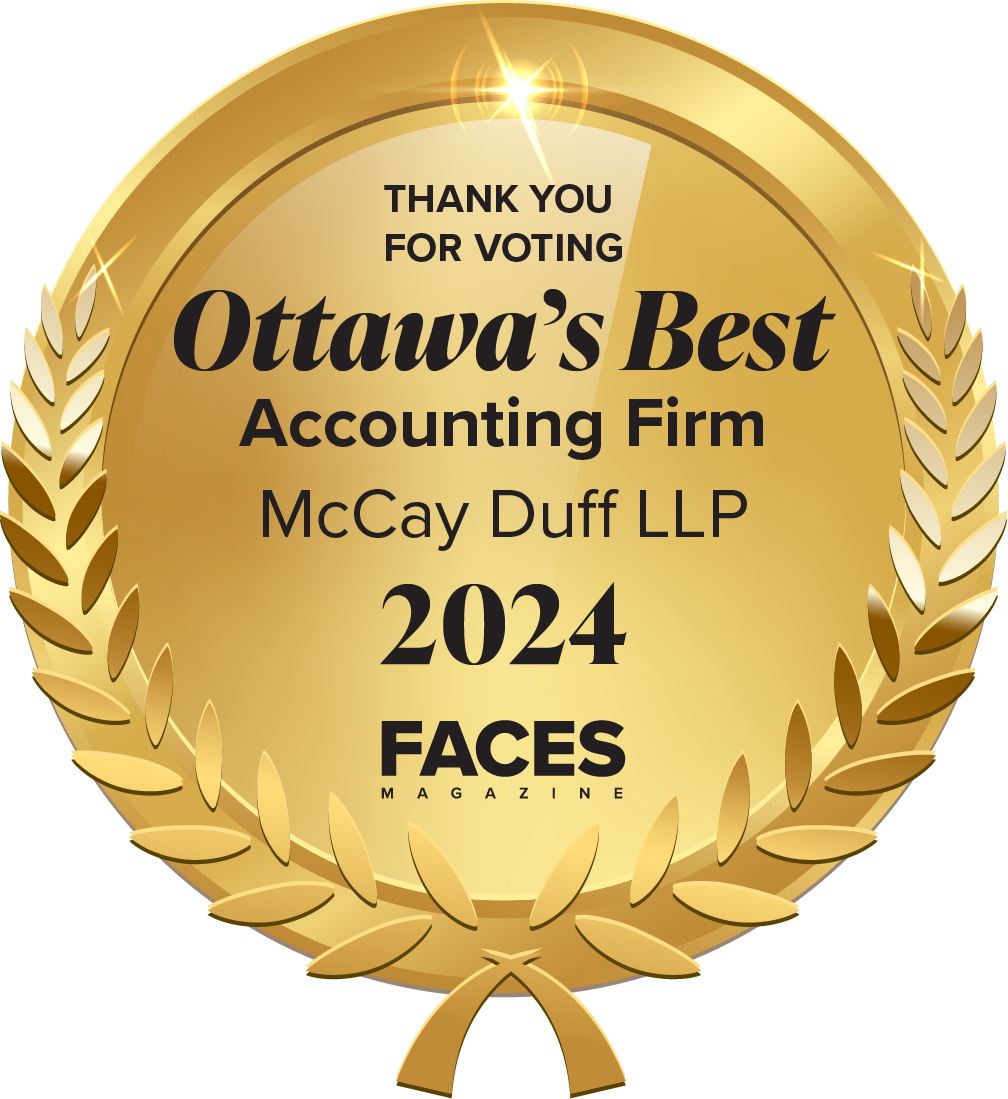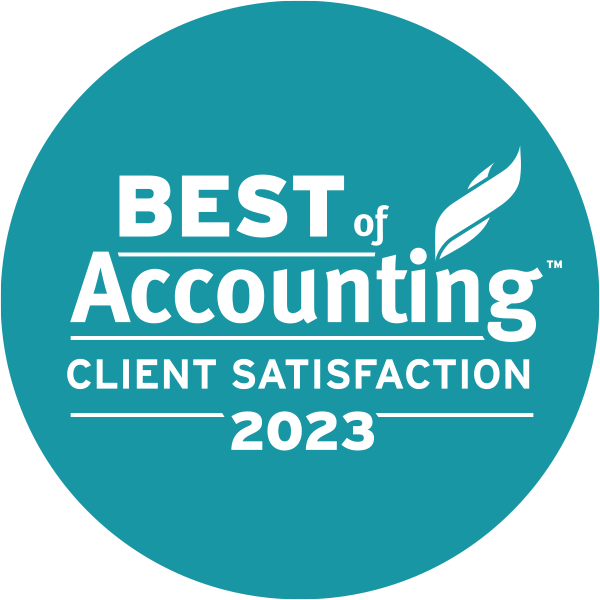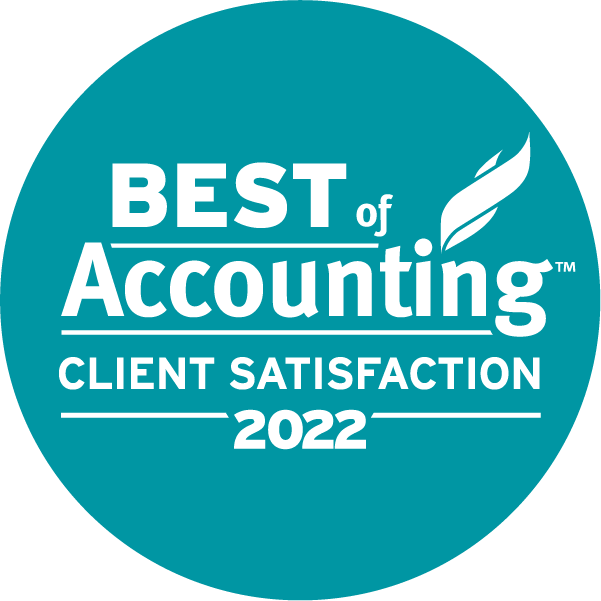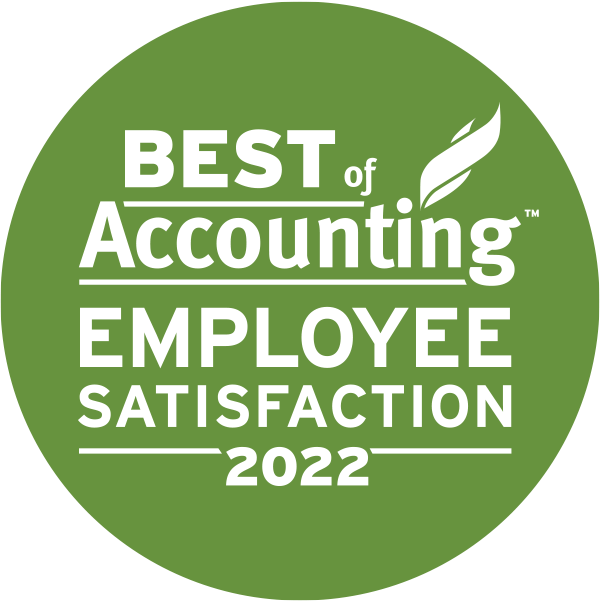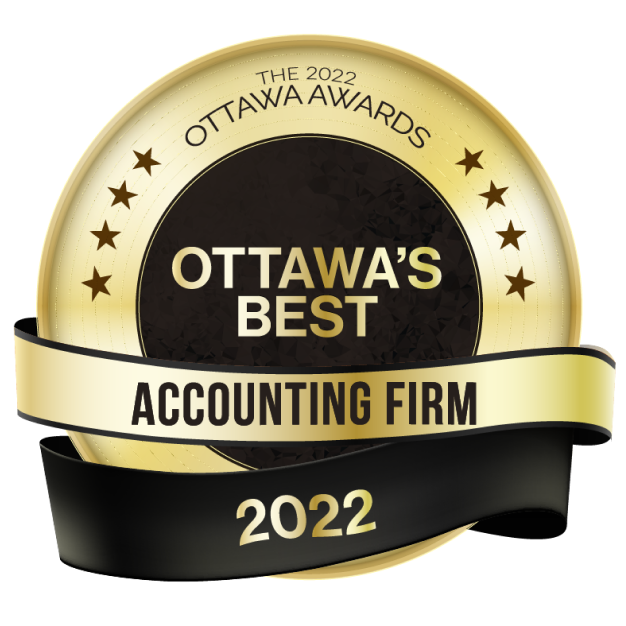Do you ever use your business bank account or credit card to pay personal expenses? Perhaps you are out doing errands for your business and pick up personal items at the same time. Rather than asking the sales clerk to process two transactions, you charge all the items to your business credit card. Is this Ok? Yes, but it’s a bad idea!
CAN I USE MONEY THAT COMES INTO MY BUSINESS FOR PERSONAL ITEMS?
The money that comes into a business is meant to be used strictly for business purposes. This means it can only be used to pay for costs directly related to the operation of your business. The money or business credit card is not to be used to pay for groceries, clothes, personal meals and entertainment or any other personal items which are not directly related the operation of your business.
Do personal and business expenses need to be separated?
However, life happens and sometimes it is necessary to take money out of your business to cover personal expenses. The problem is, most individuals simply make those payments out of the business checking account by using the business credit card or by simply taking cash from the business account via an ATM withdrawal. Withdrawing funds in this manner complicates your bookkeeping and taxes.
From a tax standpoint, personal expenses and business expenses must be separated. When it comes time to prepare your personal tax return, those personal expenses must be reported as an “owner’s draw” or “shareholder loan” and may need to be counted as income for the business owner.
How to draw money without any tax consequences
An owner may draw a loan from the corporation without any tax consequences if the entire loan is repaid within one year after the end of the taxation year of the corporation.
Consider the following scenario:
- Mrs. S is a shareholder of Corporation B, which has a December 31, 2017 fiscal year end;
- On January 1, 2017, Mrs. S is loaned $10,000 by the corporation;
- Mrs. S does not make any principal repayments;
- Mrs. S repays the loan on December 31, 2018;
- Mrs. S includes $200 in her personal income as imputed interest benefit in both 2017 and 2018;
- Mrs. S was able to borrow $10,000 for a total of 24 months and avoid an income inclusion.
* Prescribed interest amount: $10,000 x 2% = $200
Income inclusion and borrowing funds close to taxation year end
It is important to note that had Mrs. S borrowed the funds on December 30, 2017, she would still have been required to repay the entire balance by December 31, 2018, meaning only 12 months of borrowing without an income inclusion.
It is important to note that the repayment of the loan cannot be a part of a series of loans or other transactions (payment of personal expenses) and repayments. Based on the CRA’s interpretation of this statement, it means that if repayments were made close to the corporation’s taxation year end, and the same amount, or substantially the same amount, is borrowed shortly thereafter in the immediately following year, this amount will generally be subject to the income inclusion rules.
From the above-mentioned scenario, if Mrs. S were to draw another $10,000 loan in February 2019, the initial $10,000 could be considered an income inclusion in the year the funds were first borrowed (i.e. $10,000 of income would be included in Mrs. S’s 2017 personal tax return.)
If Mrs. S was not able to repay the original loan by December 31, 2018, then a dividend could be declared in 2018 to clear out the amount of the shareholder loan. This will avoid the income inclusion rule mentioned above being applied.
SHAREHOLDER LOANS AND TAX RULES ARE COMPLEX
The tax rules relating to shareholder loans are quite complex and can get even more complicated when shareholders use the business bank account or credit card to pay for personal expenses.
For additional information on commingling personal and business expenses and shareholder loans, please contact our office.
For more information on this topic, please contact your McCay Duff advisor.
Contact Us
